
NO&T Asia Legal Review
On 21 September 2016, Thailand ratified the Paris Agreement under the United Nations Framework Convention on Climate Change, signaling its commitment to steering the nation’s economic framework towards sustainability with the aim of attaining carbon neutrality and net-zero greenhouse gas (GHG) emissions.
The Draft Climate Change Act (the “Draft Act”) aims to lower GHG emissions across the nation, enhance adaptation efforts to strengthen resilience against climate change, and create essential mechanisms to facilitate a successful transition. The fundamental principle of this Draft Act is Climate Justice, which seeks to ensure that social and environmental fairness, equal access to resources, and responsibilities across all sectors are considered.
The Draft Act was opened for public hearing in November of last year. It is currently pending approval from various key agencies. The most recent draft that is accessible to the public is the one dated 16 May 2025, which is presented to the Revolving Fund Management Policy Committee for opinion.
The Emission Trading Scheme (ETS), also known as “Cap and Trade,” is established under the Draft Act as a mandatory carbon pricing mechanism intended to transition Thailand towards a low-carbon economy. This system works by the government setting an overall ceiling or “emission cap” on the maximum allowable GHG emissions for specific sectors, thereby ensuring that national reduction goals are met.
Under this cap, emission rights, which are legally considered assets, are allocated to designated Controlled Juristic Persons through either free grants or auctions. The core mechanism requires these controlled entities to surrender (return) emission rights equivalent to their verified GHG emissions, adhering to the “Polluter Pays Principle”. Entities that successfully reduce emissions below their allocation are incentivized to invest in clean technology and can sell their surplus rights on the market.
Furthermore, revenue generated from the auctioning of these rights and associated penalties provides a key funding source for the Climate Fund.
The Carbon Border Adjustment Mechanism (CBAM) is a key mandatory component of the Draft Act designed specifically to manage the problem of carbon leakage and maintain Thailand’s international competitiveness. This mechanism prevents (i) domestic production and associated emissions from relocating abroad, or (ii) imported products from replacing domestic goods, due to the increased manufacturing costs imposed by Thailand’s internal carbon pricing tools (i.e., ETS and Carbon Tax).
CBAM works by requiring importers of goods specified in a Ministerial Regulation to register and report the volume of GHG emissions associated with those imported products. Subsequently, importers must pay the price for a Carbon Adjustment Certificate (“Certificate”), where the cost is determined by the quantity of emissions, factoring in the average auction price of emission rights within the domestic ETS, while also considering the degree of free allocation of rights. However, the importer may request a price reduction if they can demonstrate that the carbon price has already been paid in the country where the goods were manufactured.
Registration is a mandatory condition for releasing goods from customs custody; however, to ease the initial implementation burden, the payment for the Certificate will be exempted for the first two years of the mechanism’s operation. The revenue generated from CBAM serves as a funding source for the Climate Fund.
The Climate Fund, established under Chapter 4 of the Draft Act, serves as a crucial financial mechanism intended to develop national competitiveness by supporting Thailand’s transition to a low-carbon economy. Its core function is to generate and manage financial resources to create an enabling environment for climate change management and to strengthen the country’s adaptive capacity.
The primary revenue streams for the Fund are derived from the mandatory carbon pricing mechanisms: the ETS and the CBAM. Additional income sources include government subsidies, donations, and investment income. Once funded, the money is allocated to support key activities such as GHG reduction, climate change adaptation, research and development (R&D), and the administration of the fund itself. The Fund’s operation is governed by the Climate Fund Committee, which is responsible for setting policies, spending criteria, and operational oversight.
The Carbon Tax, as defined within the Draft Act, is a mandatory carbon pricing mechanism designed to control the release of GHGs by establishing a definitive cost for those emissions. This tax is levied on both (i) industrial operators and (ii) importers of goods that contribute to GHG emissions.
Operationally, the tax amount is determined by the volume of goods produced or imported and is applied according to rates set in a Ministerial Regulation, not exceeding the maximum rates listed in the tax schedule appended to the Draft Act. The purpose of the tax is to provide clarity and predictability regarding the cost of emissions, thereby incentivizing producers and importers to reduce their reliance on GHG-emitting activities to lower their costs. Unlike the revenue from the ETS and the CBAM, the revenue generated from the Carbon Tax must be remitted to the relevant authorities as state income and cannot be deposited into the Climate Fund due to laws governing public financial discipline. The collection and enforcement of this tax are primarily managed by the Excise Department and the Customs Department.
The Carbon Credit mechanism, governed by Chapter 11 of the Draft Act, is designed to manage carbon credits efficiently while maintaining transparency and protecting national interests. Carbon credit is legally recognized as an asset and may be transferred, purchased, sold, or disposed of in whole or in part. For domestic purposes under this Draft Act, credits must originate from internal GHG reduction projects that have received legal certification. Any usage of credits in an international context must align with relevant international agreements and secure specific permission from the National Climate Change Policy Committee. Operationally, the scheme mandates a registry system to track the transfer and usage of credits and requires adjustments to the national GHG inventory to prevent double-counting. To ensure market integrity and prevent fraud, the purchase, sale, or transfer of carbon credits is strictly regulated and must be conducted through approved channels, such as authorized trading centers or direct inter-personal transfers, with the transfer becoming complete only upon registration with the Thailand Greenhouse Gas Management Organization (the “TGO”). Furthermore, entities seeking to conduct carbon credit business must register with the TGO Committee, and failure to do so is subject to administrative fines.
Violations of the Draft Act are subject to penalties, including regulatory fines and criminal penalties. They could be categorized as follows:
Where the offender is a juristic person, liability may extend to directors, managers, or other responsible persons if the offense is committed under their instruction, action, or neglect of duty.
Implementation of the Draft Act falls under the authority of Ministry of Natural Resources and Environment and Ministry of Finance. These ministries will act as the main agencies overseeing the provisions of the Draft Act, including the appointment of officials and the creation of sub-regulations to fulfill its objectives.
Furthermore, given that the Draft Act includes a number of mechanisms, several authorities are involved in examining, ensuring compliance, and assisting with the Draft Act’s implementation.
The relevant authorities include the National Climate Change Policy Committee, Climate Fund Committee, and TGO. The Excise Department and Customs Department serve as the primary agencies responsible for tax collection, assessment, and the determination of penalties and surcharges under the Draft Act.
To reach the objective of prevention and lessen the severity of global climate change, Thailand is working towards carbon neutrality and net-zero greenhouse gas emissions by implementing a range of laws, including this Draft Act. A variety of mechanisms, such as ETS, CBAM, Climate Fund, Carbon Tax, and Carbon Credit, are outlined to regulate emissions. A number of governing bodies and committees are also engaged to guarantee adherence to the obligations outlined in the Draft Act.
Going forward, close attention should be paid to the legislative process and the issuance of subordinate regulations including the Ministerial Regulation determining the rate of carbon tax and the details on the report of GHG emissions, which will clarify the detailed obligations for relevant parties accordingly.
This newsletter is given as general information for reference purposes only and therefore does not constitute our firm’s legal advice. Any opinion stated in this newsletter is a personal view of the author(s) and not our firm’s official view. For any specific matter or legal issue, please do not rely on this newsletter but make sure to consult a legal adviser. We would be delighted to answer your questions, if any.


Supasit Boonsanong, Thananya Pholchaniko, Phareeya Yongpanich (Co-author)


(August 2025)
Kaori Sugimoto
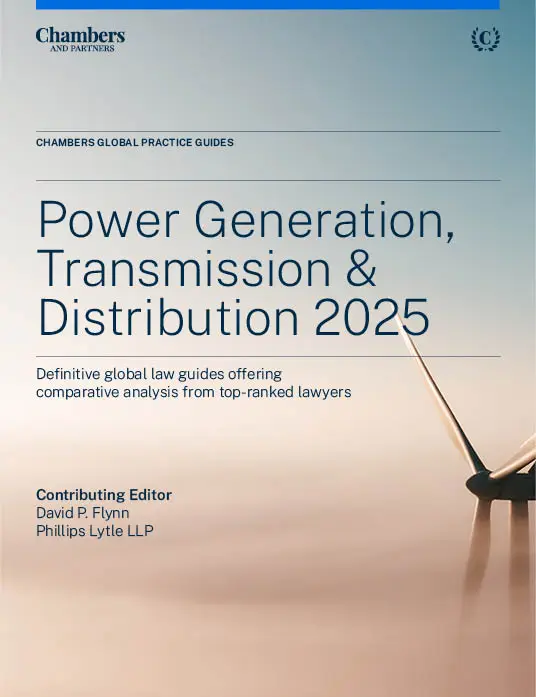

(July 2025)
Rintaro Hirano, Yutaro Fujimoto, Yurika Masakane, Yutaro Kato (Co-author)
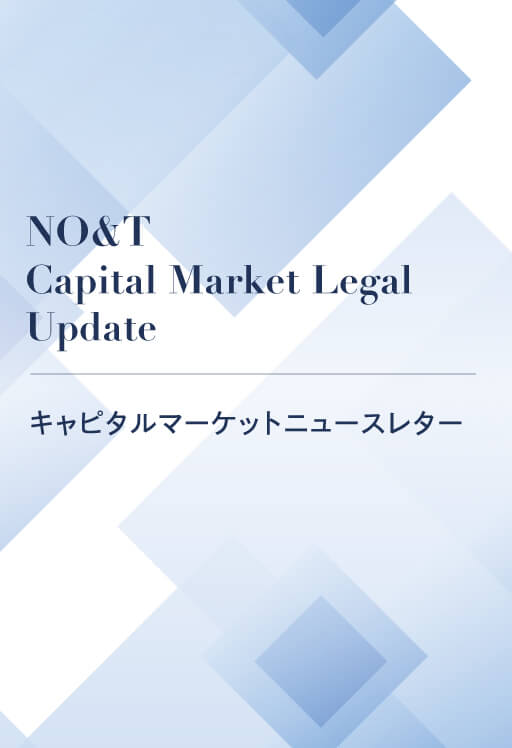

Yuichi Miyashita, Miho Susuki (Co-author)


Supasit Boonsanong, Thananya Pholchaniko, Phareeya Yongpanich (Co-author)


Yuichi Miyashita, Miho Susuki (Co-author)
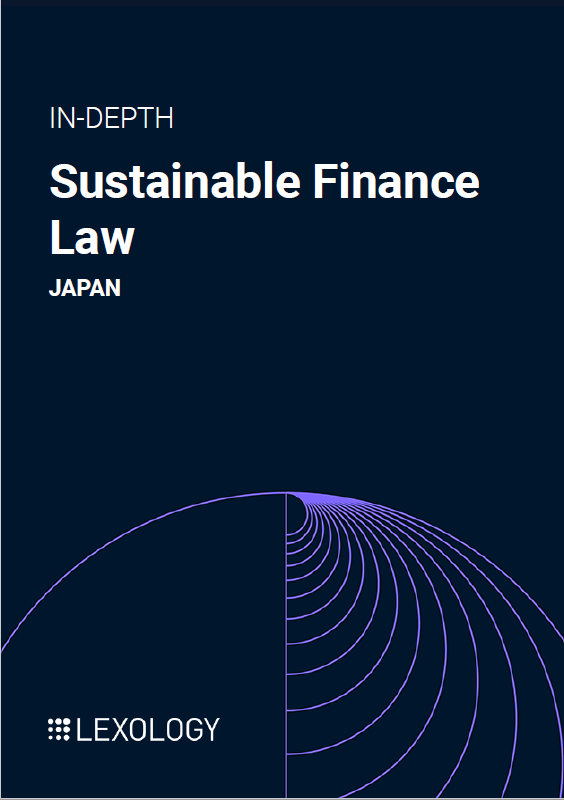

(December 2024)
Hiromi Hattori, Yuichi Miyashita (Co-author)
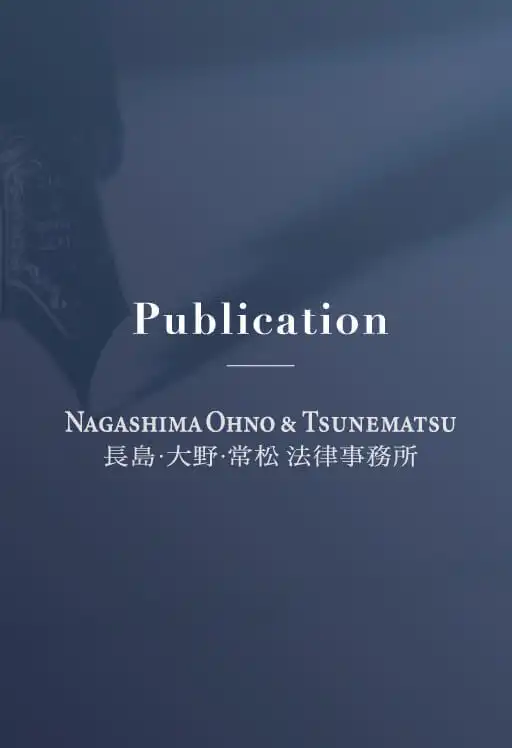

(September 2024)
Ryosaku Kondo (Comments)


Supasit Boonsanong, Thananya Pholchaniko, Phareeya Yongpanich (Co-author)


Ngoc Hoang


(February 2025)
Oki Osawa (Comments)
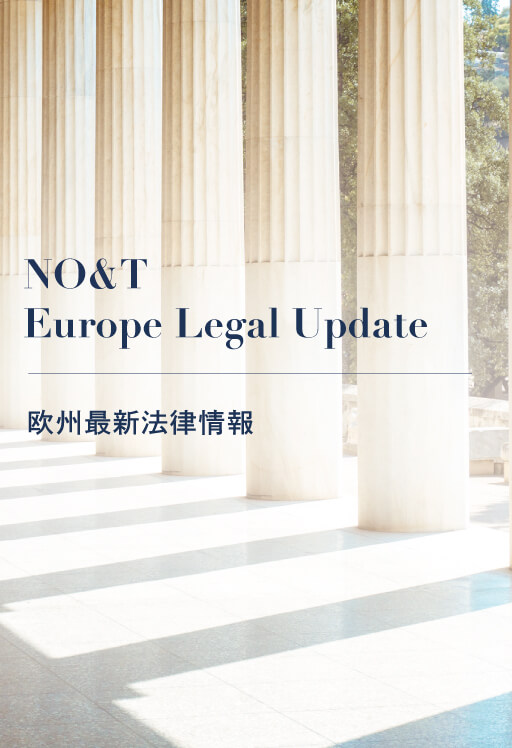

Axel Kuhlmann, Makoto Ohnuma, Shejal Verma, Sofía Terol Cháfer (Uría Menéndez) (Co-author)


Supasit Boonsanong, Thananya Pholchaniko, Phareeya Yongpanich (Co-author)


Patricia O. Ko
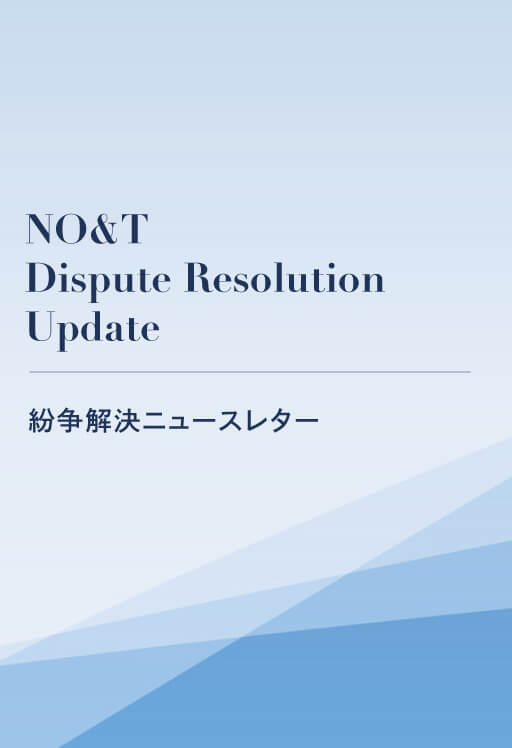

Claire Chong, Nozomi Kato (Co-author)


Yuan Yao Lee


Supasit Boonsanong, Thananya Pholchaniko, Phareeya Yongpanich (Co-author)


Patricia O. Ko


Claire Chong, Nozomi Kato (Co-author)


Yuan Yao Lee


Supasit Boonsanong, Thananya Pholchaniko, Phareeya Yongpanich (Co-author)


Nopparak Yangiam, Parot Promkam (Co-author)


Shunsuke Minowa, Poonyisa Sornchangwat (Co-author)


Shohei Sasaki, Shunsuke Minowa, Poonyisa Sornchangwat, Kwanchanok Jantakram (Co-author)